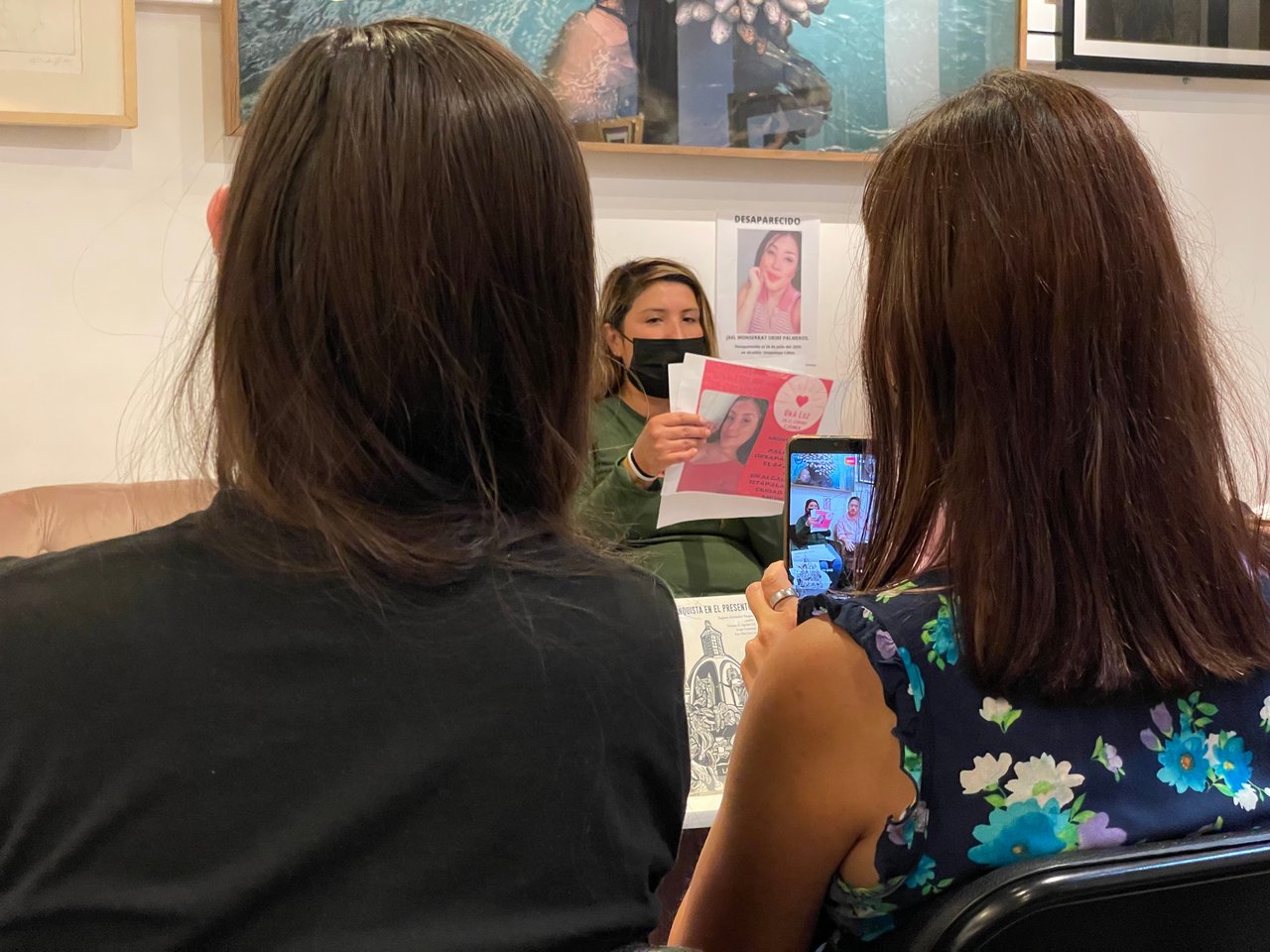MEXICO CITY (CN) — When 21-year-old Jael Monserrat Uribe Palmeros went missing in July 2020, her mother Jacqueline Palmeros quickly realized that she was on her own.
“If I don’t look for my daughter, no one is going to look for her,” said Palmeros, who now organizes a collective of around 30 families who have gone through the same horrifying ordeal.
“The state will give no answer,” she said. “The only ones who are going to help me find her and all the others we’re missing, to find justice for those who are not with us, are our companions who have experienced the same pain.”
To make their struggle visible to Mexican society and to a government that stubbornly refuses to take responsibility for both its actions and inaction, Palmeros and other feminist activists turned to a method of protest that has become more and more popular in recent years: the anti-monument.
The statue of Christopher Columbus on Mexico City’s Paseo de la Reforma Avenue was removed in October 2020, and in September of the following year, the capital government announced plans to replace it with a statue of an indigenous woman’s head inspired by the colossal head statues left by the Olmecs, one of the earliest Mesoamerican peoples.

But Palmeros and other activists rejected the proposal. The artist Pedro Reyes, a mestizo man, had designed what she called “a racialized figure with features of beauty accepted by the Western hegemonic and patriarchal perspective.” It was a “frivolous proposal lacking current contextual, political and social analysis.”
So on Sep. 25, 2021, she and others occupied the median where Columbus had stood since 1877 and placed on the empty plinth a metal statue painted purple of a small girl with her fist raised in defiance, the word “justicia” etched into the support.
They dubbed the median the Roundabout of Women Who Fight and painted the metal barriers the city put up around it with slogans of their movement and the names of victims of gender violence in Mexico.
In other parts of the world the term “anti-monument” is often synonymous with or confused for works of counter-monumentalism, a movement that started in postwar Germany to deal with that country’s legacy of Nazism. Its meaning in Mexico, however, is rather unique.
Whereas counter-monumentalism deals more with artistically subverting the traditional form and meaning of officially sanctioned memorials, anti-monuments in Mexico are guerrilla structures erected by people who organize to carry out that subversion themselves. In a country infamously snarled in unyielding red tape, such radical action is often the only way to break through the bureaucracy.

Members of the coalition of feminist organizations known as Antimonumenta Viva Nos Queremos (We Want Us Alive Anti-monument) said the statue is meant to change the function of a monument to bring attention to the present, rather than commemorate the past.
“It’s a site of living memory, a symbol that embraces all the struggles of women, not just one person or group,” said Fernanda, who, like others in the coalition, preferred not to give her last name.
“It’s not about putting up a monument to worship the past, but one to recognize the present fight, all the women who have disappeared,” said fellow activist Érica.
Less than a year after its construction, however, the anti-monument that puts this struggle in the public discourse is now in danger of being silenced. In early August, Mexico City Mayor Claudia Sheinbaum announced that her administration will replace the statue with a replica of a pre-Hispanic sculpture of an indigenous woman and that the Roundabout of Women Who Fight will be moved to a different location in the city.











